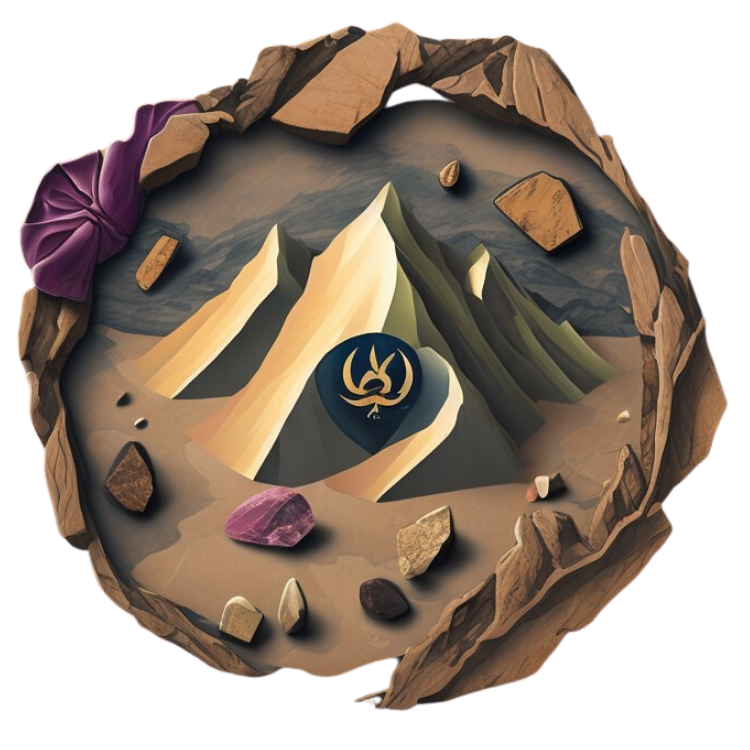Calcite: The Versatile and Common Mineral
Introduction to Calcite
Calcite is one of the most common and versatile minerals on Earth, known for its wide range of colors and forms. It is a major component of limestone and marble and is the primary mineral in the shells of marine organisms. Calcite is found in a variety of geological settings, including sedimentary, metamorphic, and igneous rocks.
For rockhounds, calcite is a fascinating mineral to collect due to its diverse crystal shapes and colors, ranging from clear and transparent to shades of white, yellow, and even pink. Its widespread availability makes it an excellent starting point for beginners and a valuable addition to any collection.
How Calcite Forms
Calcite forms in a variety of geological environments, including sedimentary, metamorphic, and igneous rocks. It is most commonly formed through the precipitation of calcium carbonate from solution, often in limestone or cave environments where it can form stunning speleothems like stalactites and stalagmites.

In sedimentary environments, calcite is often a primary component of limestone, formed from the accumulation of marine organism shells. In metamorphic environments, calcite can recrystallize to form marble. It is also found in hydrothermal veins and can form as a secondary mineral in igneous rocks.
Calcite's Structure and Properties
Calcite (CaCO3) is a calcium carbonate mineral with a trigonal crystal structure. This structure gives calcite its characteristic rhombohedral cleavage, allowing it to break into distinctive shapes. Calcite is relatively soft, with a hardness of 3 on the Mohs scale, making it easy to scratch and shape.

One of calcite's most notable properties is its double refraction, where a single light ray entering the crystal is split into two rays, creating a double image. This optical property, along with its fluorescent and phosphorescent properties, makes calcite a popular mineral in educational and scientific settings.
Uses of Calcite
Calcite has a wide range of uses in both industrial and everyday applications. It is a primary component of cement and concrete, where it is used as a raw material in the production of lime (calcium oxide). Calcite is also used as a filler in paints, plastics, and rubber, where it improves the material's properties and reduces costs.

In addition to its industrial uses, calcite is used in agriculture as a soil conditioner and in water treatment to neutralize acidic water. Its optical properties make it valuable in scientific instruments and as a gemstone, where it is often cut into cabochons or used in decorative carvings.
Calcite in History
Calcite has been used by humans for thousands of years, primarily as a building material. The ancient Egyptians used calcite, in the form of limestone and marble, in the construction of monuments and tombs, including the pyramids. The Romans also used calcite extensively in their architecture, particularly in the construction of aqueducts and temples.

Calcite's optical properties were first studied in the 17th century, leading to the discovery of double refraction. This property has since been used in various scientific and optical instruments, contributing to our understanding of light and optics.
Prospecting for Calcite
Prospecting for calcite involves searching for it in limestone deposits, caves, and hydrothermal veins. Calcite is often found in association with other minerals, such as quartz and fluorite, making these regions promising for exploration. When prospecting, it's essential to use proper tools, such as rock hammers and chisels, to extract specimens without damaging them.

Calcite is relatively common and can be found in many locations worldwide. To find rocks, crystals, gemstones, and minerals in your local area, be sure to check out our State Rockhounding Maps. These maps provide valuable information on the best locations for rockhounding in your area.
